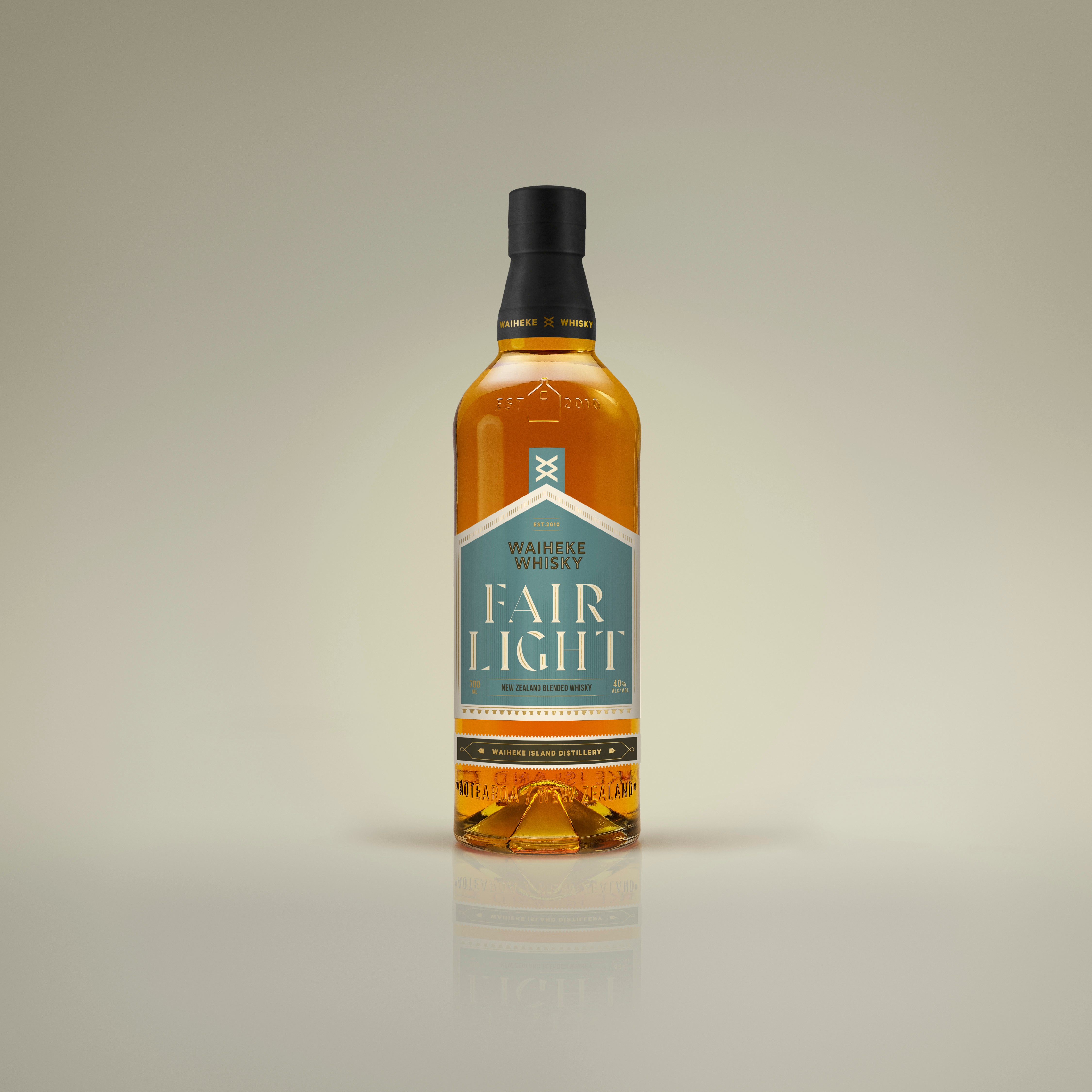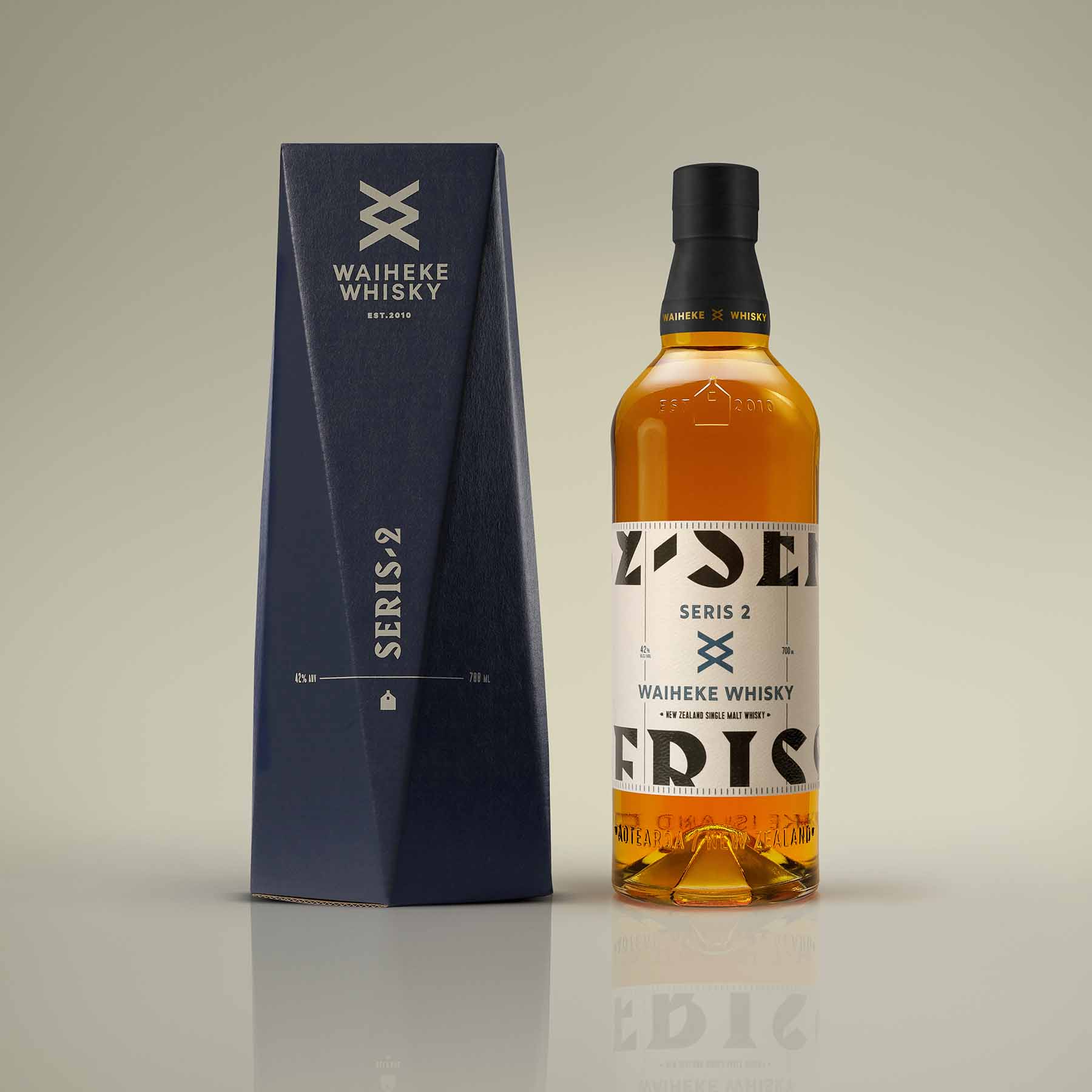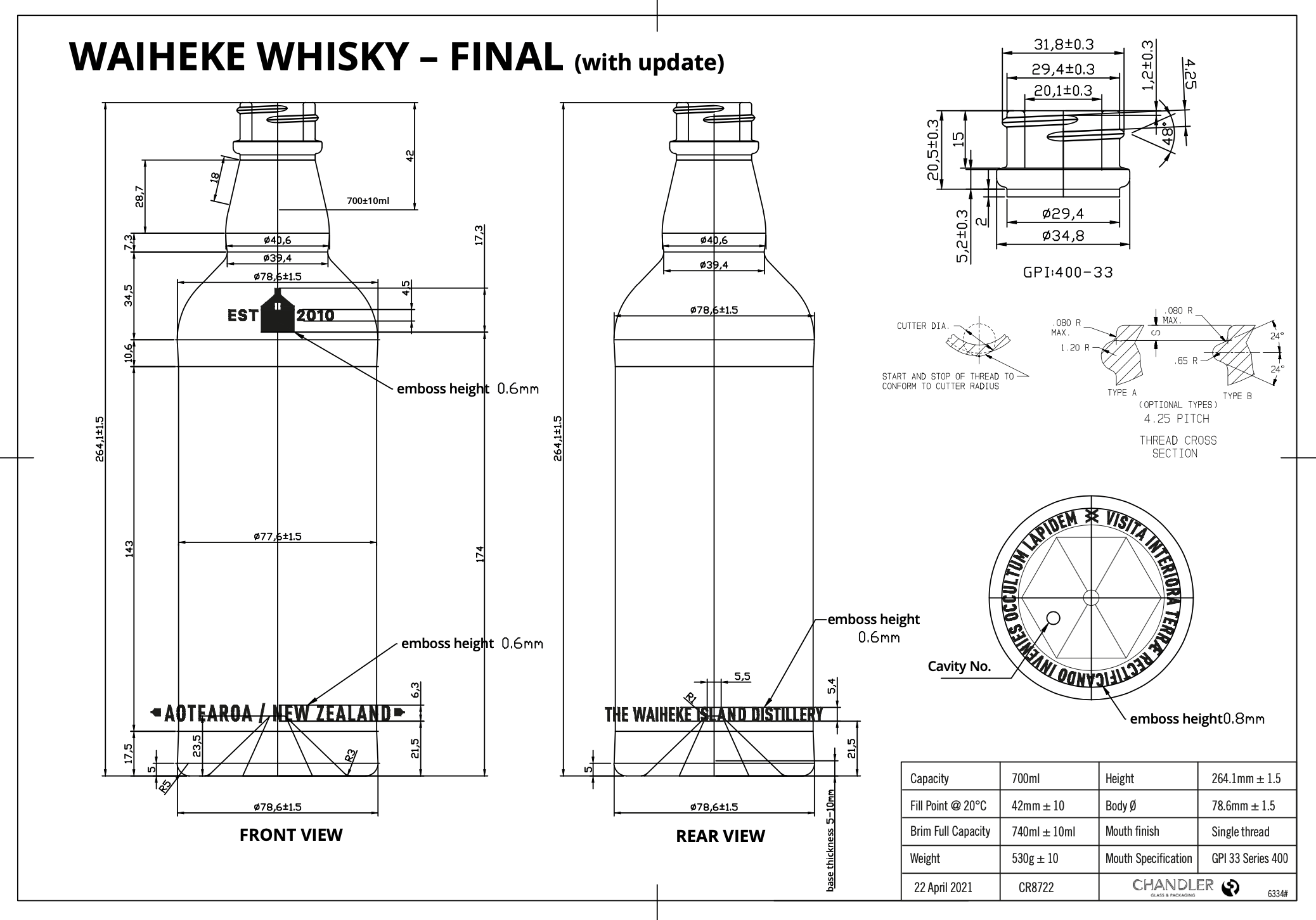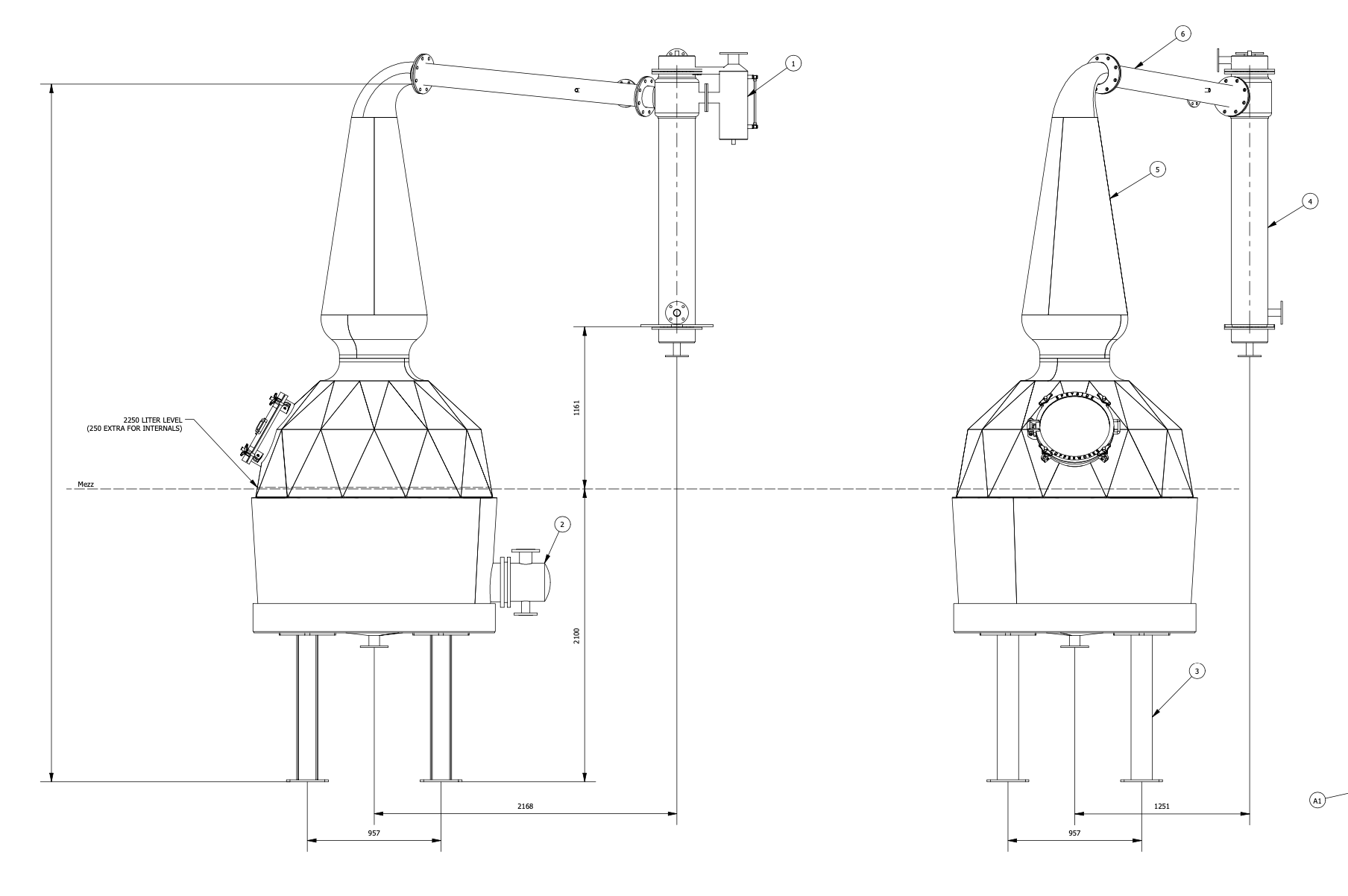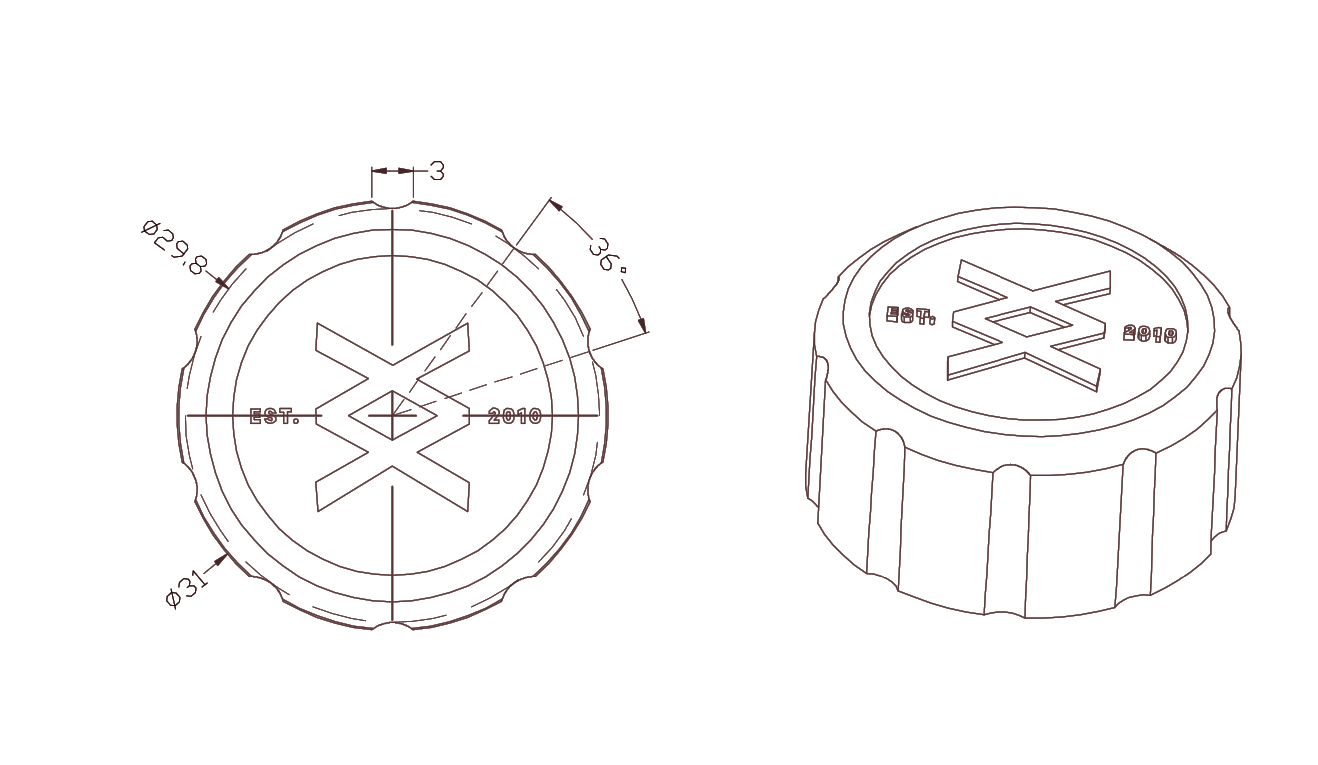
Why a screw cap? Closure on the matter.
In some ways the most controversial and yet the easiest decisions we made in our release planning. We looked long and hard at closures, the practical applications, the environmental impact and what we stand for as a brand.
Foremost is the environmental impact of what we do. A family of 5 children and 1 grandchild with 2 more on the way, we are acutely aware of the impact and legacy we are making for our kids and their kids. Sure, cork is a biological material, a renewable resource, and for wine it makes some sense, but when you start gluing it to a plastic, wooden or even metal stopper, it makes a mockery of the environmental advantages of cork.

It's pretty much downhill for the argument for cork at this point, shipping from Portugal to another European centre for secondary manufacture, then shipping a heavy product to NZ, and the single use nature of the cork closure were all a disadvantage for us.

Then we considered the failure rate and impact on the liquid of a cork closure. We are currently a craft distillery, with little buying power and large minimum order quantities. Added to this are the difficulties doing anything in Europe from NZ and quality control issues we have seen from other boutique distillers dealing with cork. We trialed one imported brand of cork with a 100% failure rate once in contact with over 50 percent alcohol.
New Zealand has a strong history of innovation, the screw cap being one of the big changes to wine closures. Japanese whisky followed suit, abandoning its Scottish heritage, and as we look to the future of pacific whisky we feel a stronger urge to innovate than imitate. 
Using recycled materials, recyclable liners and allowing the bottle to be reused in our recycling programme are all possible by using a screw cap.
The sensory impact of the satisfying thunk of the cork is all it really has left, but for a new generation of world whisky drinkers, the cap is the symbol of innovation, safety, challenging the status quo and preserving the liquid for as long as possible.


